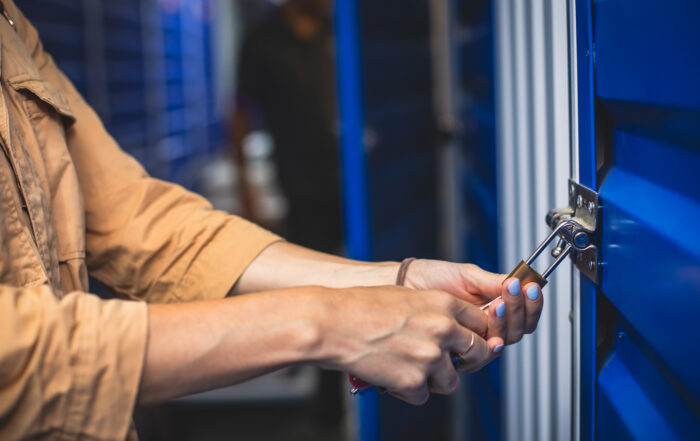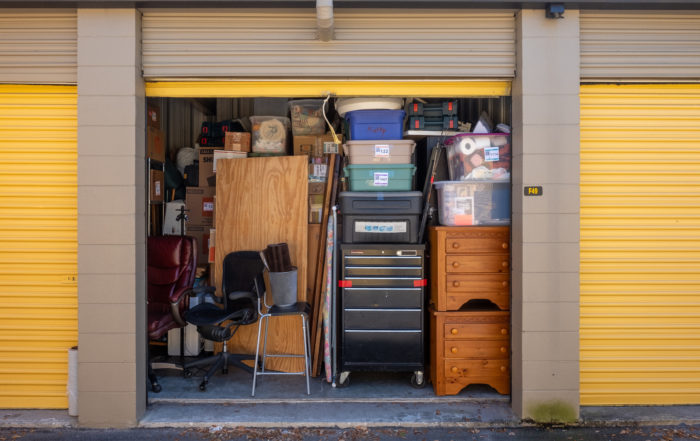History of the Cardboard Box
Ah, cardboard. This handy material makes up a majority of differently purposed storage containers. Whether that be for moving, cereal, soda packs, or even a crafty art project. You probably couldn’t go a day without handling something with cardboard in or surrounding it. So to what do we owe the creation of this versatile material?
Cardboard boxes in general have been in use since the 1840’s. Back then it was almost exclusively used for the purpose of shipping moths and their eggs for silk production from Japan to Europe. In England, the first machine to produce large amounts of corrugated board was built in 1874. The machine was originally granted patent to G. Smythe and later improved upon by Oliver Long.
Robert Gair invented pre-cut cardboard in 1890. Like most inventions however, the pre-cut cardboard came about as an accident. With previous experience as a printer and paper-bag maker in the 1870’s, one day he was printing an order of seed bags. A metal ruler used to crease the bags shifted slightly and before he could fix his mistake, Gair cut them discovering by creasing and cutting at the same time could create prefabricated paperboard boxes. This idea was later applied for boxboard when it became widespread at the turn of the century.
In the United States the first corrugated cardboard box was produced in 1895. With the creation of Kellogs and other varieties of flaked cereals the use of cardboard boxes skyrocketed and wooden crates were quickly being replaced by this lighter, cheaper material. The cardboard box still reigns supreme in the packaging industry, who knows what purpose it will serve us next?
Recent Posts
Understanding Self-Storage Lease Terms: What to Know Before You Sign
Renting a self-storage unit is often one of those tasks that feels simple at first—pick a unit, sign a lease, move your stuff in. But if you’re like most people, the fine print on that [...]
What Not to Do When Using a Self-Storage Unit: 9 Common Mistakes to Avoid
Self-storage units are a convenient and affordable way to store everything from furniture and keepsakes to business inventory and seasonal gear. Whether you’re moving, downsizing, or just trying to declutter your space, renting a storage [...]
How to Keep a Storage Unit Clean and Tidy
A self-storage unit can be a lifesaver when you need extra space, but without proper organization and upkeep, it can quickly become cluttered. A clean and tidy storage unit not only makes it easier to [...]



